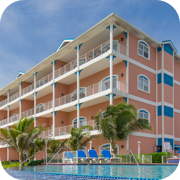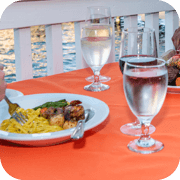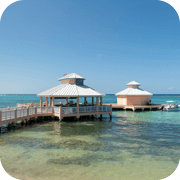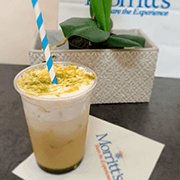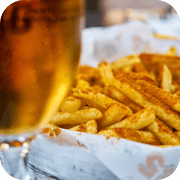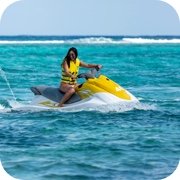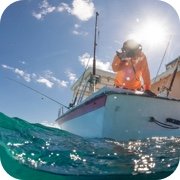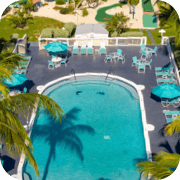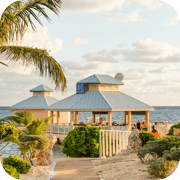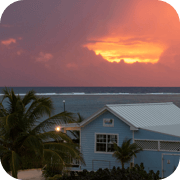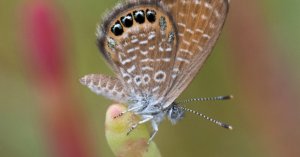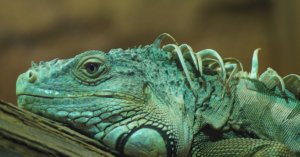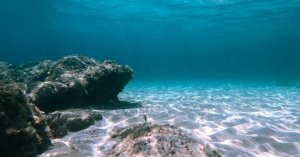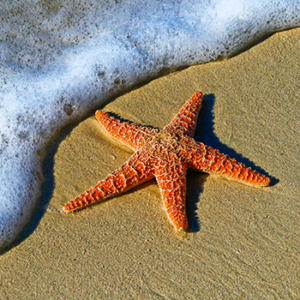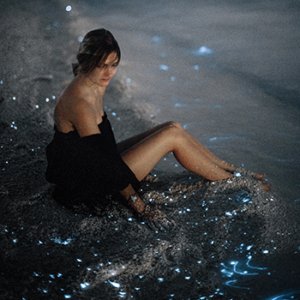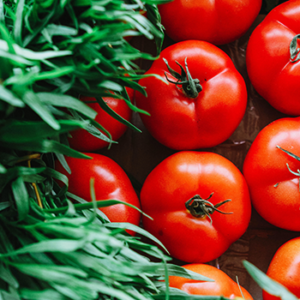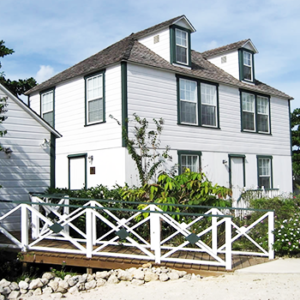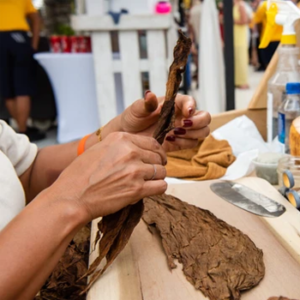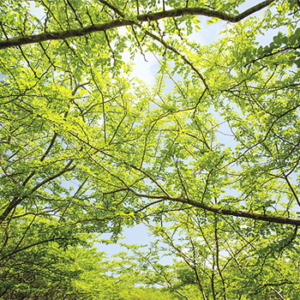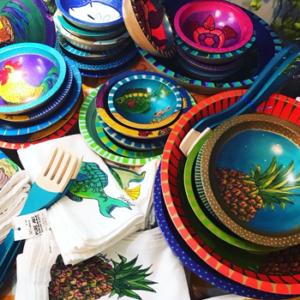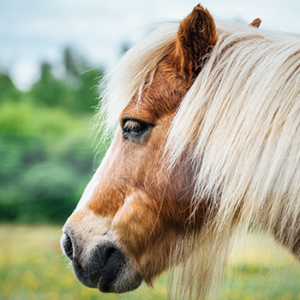Written By Morritt's

Bird Watching in Grand Cayman
The internet is full of cat videos and dog videos, but birds often take a backseat in popularity. We’re not sure why, as birds have big personalities too – particularly our local birds here in Grand Cayman.
Even if you’re not a bird watcher, we think you will appreciate these amusing videos of Cayman’s feathered friends. Here is our top list of birds to see in Grand Cayman.
Cayman Parrot
This is one bird you can’t miss. With bright green plumage, rosy cheeks and noisy squawks, these extroverted birds have no problem making their presence known. If you spot one, you are bound to see another nearby, as Cayman Parrots mate for life and often use the same nesting sites repeatedly.
Where to find them: During the heat of the day, the Cayman Parrot nests secretively in tree cavities, feeding on fruits and seeds, so you will need to look for them during cooler hours. Head to the Botanic Park or the Mastic Trail in the early morning or late afternoon and you are bound to meet some of these chatterboxes!
Fun Fact: Endemic to Grand Cayman and Cayman Brac, the Cayman Parrot is the national bird of the Cayman Islands.
Ching Ching
Greater Antilean Grackles are known locally as ‘Ching Chings’ for their metallic, chiming call. They are known for fiercely defending their eggs during nesting season and will divebomb nearby intruders that are much larger than themselves, including humans! Their confident and mischievous antics make the Ching Ching a very entertaining bird indeed.
Where to find them: Ching Chings are extremely sociable and inquisitive around people, especially when food is around. No need to go out of your way to find one of these cheeky birds – they will most certainly find you!
Fun Fact: Ching Chings are endemic to Grand Cayman and Little Cayman – but not Cayman Brac, where the bird has become locally extinct.
Whistling Duck
These attractive and charismatic ducks are named for their loud, shrill whistling call.
Where to find them: Whistlers are typically nocturnal, so look for them during the evening, where you will find them hanging out at their favourite mangrove and button wood swamps, or in freshwater ponds. They can often be seen at the Governor Michael Gore Bird Sanctuary, where they share a pond with other native bird species, as well as Cayman’s freshwater turtle, the Hickatee.
Fun Fact: With its long neck and legs, this duck is actually far more closely related to geese and swans, and like those birds, molt just once a year.
Woodpecker
Grand Cayman is home to two endemic subspecies of woodpeckers – the West Indian woodpecker and the Northern Flicker. Woodpeckers love to dine on insects and termites which help keep the insect population in balance – so they are good to have around the neighbourhood!
Where to find them: The Woodpecker is often found working its way around tree trunks, searching for insects and tree frogs. They are most easily spotted at the Botanic Park and the Mastic Trail.
Fun Fact: A woodpecker pecks 20 times per second, or about 12,000 pecks a day!
Magnificent Frigatebird
Frigates are truly spectacular seabirds. Their long, broad wings allow them to effortlessly ride wind currents like a roller coaster, and they can soar for months without stopping to rest! Frigates are some of the Caribbean’s most important avian predators, hunting mainly fish and squid.
Where to find them: For a face-to-face encounter with these giant birds, bring your camera and head over to Tukka for their 5pm daily Frigate feeding!
Fun fact: Frigates have a reputation for being pirates of the seabirds, as they are known for occasionally robbing other seabirds for food.
Bananaquit
Bananaquits are found throughout the Caribbean, but the bananaquit found in the Cayman Islands is a unique subspecies.
Where to find them: Fond of nectar, this little bird often creeps about in flowering trees, probing the blossoms. For a close encounter, visit the Turtle Centre’s aviary where you can handfeed these tiny birds with sugar water.
Fun fact: While they do prefer nectar, the Bananaquit also eats insects and fruits from trees!
Chicken
Tourists are often taken aback when they see the number of chickens wandering aimlessly about Grand Cayman.
Where to find them: If you’re in Grand Cayman, you are guaranteed to run into some of these colourful birds. Expect to see them congregating in car parks, or casually strolling around office buildings and shops.
Fun fact: It’s not entirely known how Grand Cayman acquired its wild chicken population, but it is speculated that the population spiked after Hurricane Ivan in 2004, when local chicken farms were destroyed, allowing the creatures to roam free across the island.

